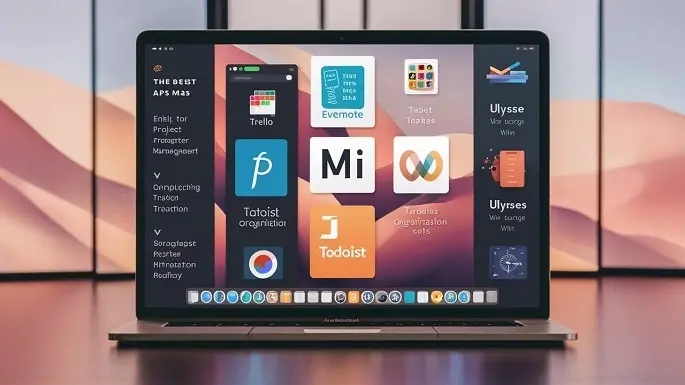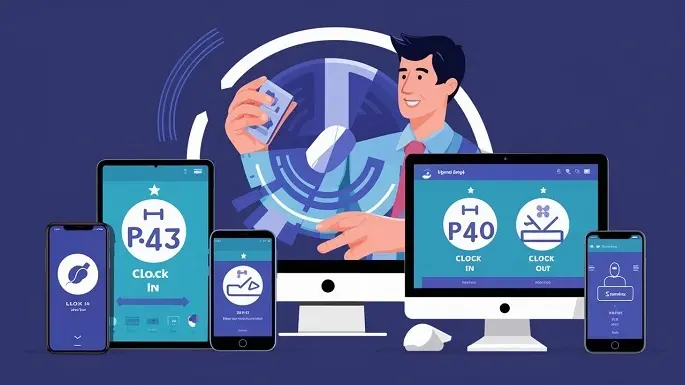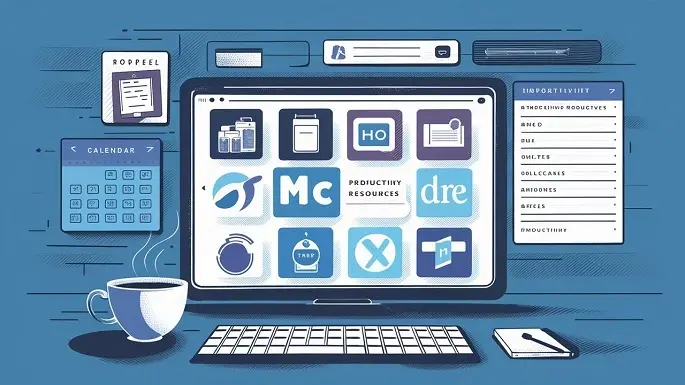Distractions at the workplace are more rife today than they have ever been due to the constant connectivity available at the workplace. Be it receiving or actively participating in group and individual conversations through different social media platforms or receiving and responding to text messages, ringing communication devices, noisy co-workers, and much more that disrupt the employees tremendously.
In various ways, just how invasive and disruptive are these distractions? One could start with the rather worrisome statistics.
- Research also shows that knowledge workers’ attention is disrupted or drawn away every 3 minutes, as discovered by Gloria Mark, a professor of informatics at the University of California. Frequent interruptions cause 23 minutes wasted to refocus the attention after each disruption.
- For office employees, lack of focus and interruptions lower their productivity by more than 2 hours a day, according to Spira and Feintzeig in the Basex survey. Given that the average worker is expected to work for 8 hours a day, this means that they are almost 26% less efficient than they could be.
- In another research study it was discovered that once, test subjects took an average of 25 minutes before paying attention to the initial task once again. Not only does distraction waste time, but, it is also almost impossible to get the concentration back afterward.
- These are costs of fiscal disruption and recuperation time that equivalences to be enormous. According to Basex’s estimate, organizations suffer a loss of $588 every week or over $30,000 annually per employee by disruptions. Knowledge workers working full time number more than 115 million in the US and the total cost is way over $3 trillion per annum.
- Other than time, distraction hampers accuracy and strains the mental well-being of the person deeply. In an experiment carried out by Gloria Mark, Shamsi Iqbal, and Mary Czerwinski, subjects committed twice the mistakes on test tasks while they were interrupted than if they were not interrupted at all. As for the questionnaires, there was found to be a relationship between high-stress levels and frequent task-switching.
- While using digital gadgets is frequently assumed to be the main cause of?????????????????????????? ?????????????????, coworkers are the number one distracters, as the survey, conducted by Ajilitee, revealed. Respondents identified interactions with colleagues coming over to say something as being more disruptive than phone ringing, email beeps, etc as 52% of the responders. Lack of personal quarters or spaces encourages this background noise and discussions that feed productivity thieves in open offices.
- Bystanders do not fully ignore distracted employees either. According to Spherion Staffing, in the survey conducted amongst senior executives, more than 80% of respondents observed that workers who switch between devices/people are less productive. More than half of them, over 70% even stated that they have considered doubt on an employee’s focus as a reason that would decrease their probability of getting promoted.
The key metrics paint a very vivid picture of how interruptions at the workplace lead to immense losses, mistakes, and stress implications on the workers and firms. Although interruptions can be attributed to employer’s modern digital life and office designs, employees’ inability to respect others’ time and interrupt them unnecessarily remains the main cause.
Resolving this problem involves shifts in organizational culture and what is considered acceptable or proper behavior. Expectations should prevent interference when the other person is engaged in their ‘Zone’ time. Notification policies can also allow for managing urgent messages while eliminating constant email/chat addiction. This means that proper concentration spaces where individuals can focus on heads-down work are provided. Leader boardrooms agree with practical examples where control of distractions enhances efficiency and effectiveness in the workplace.
By incorporating the proper tiempo management and a few changes in self-discipline, firms are set to gain massive efficiency improvements. They can also advance more in their job, without disruptions occurring constantly. Both employees and their employing organizations would be better served to approach focus time at work more randomly.



